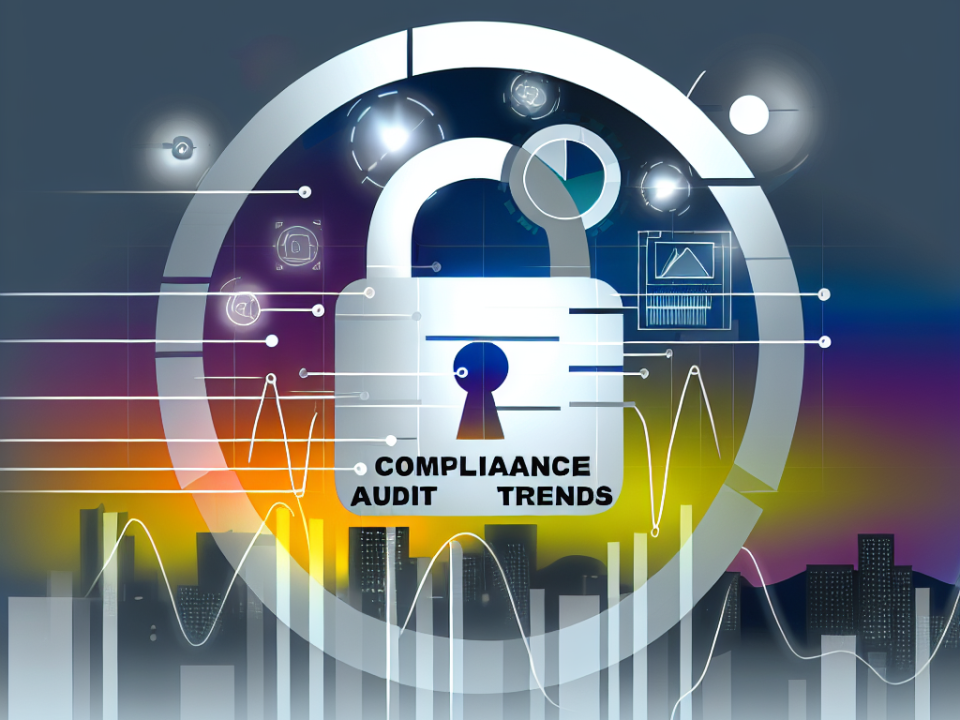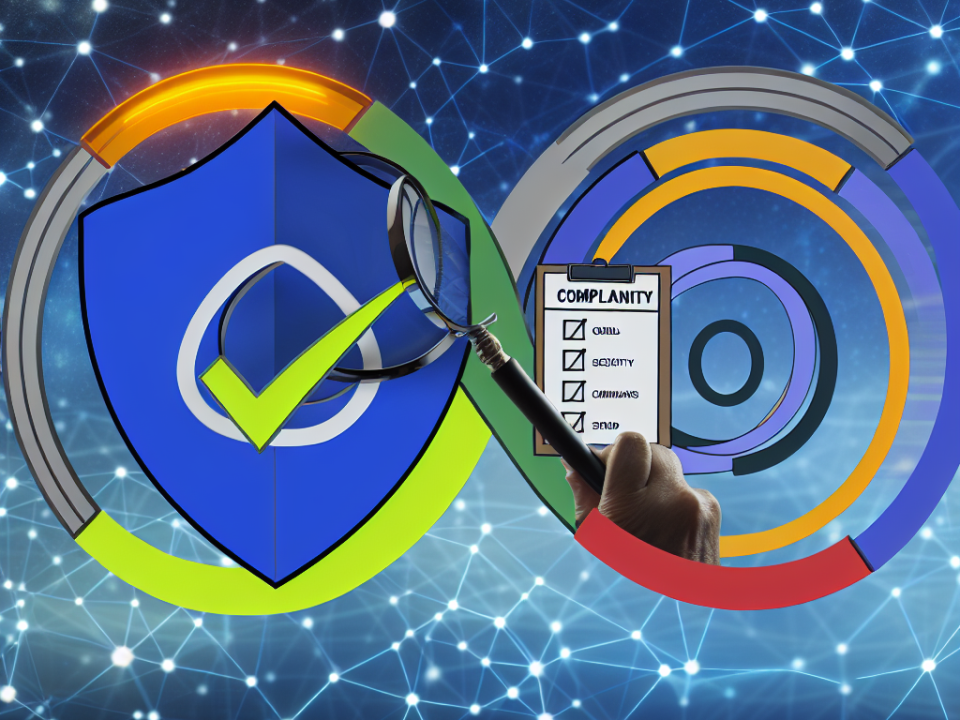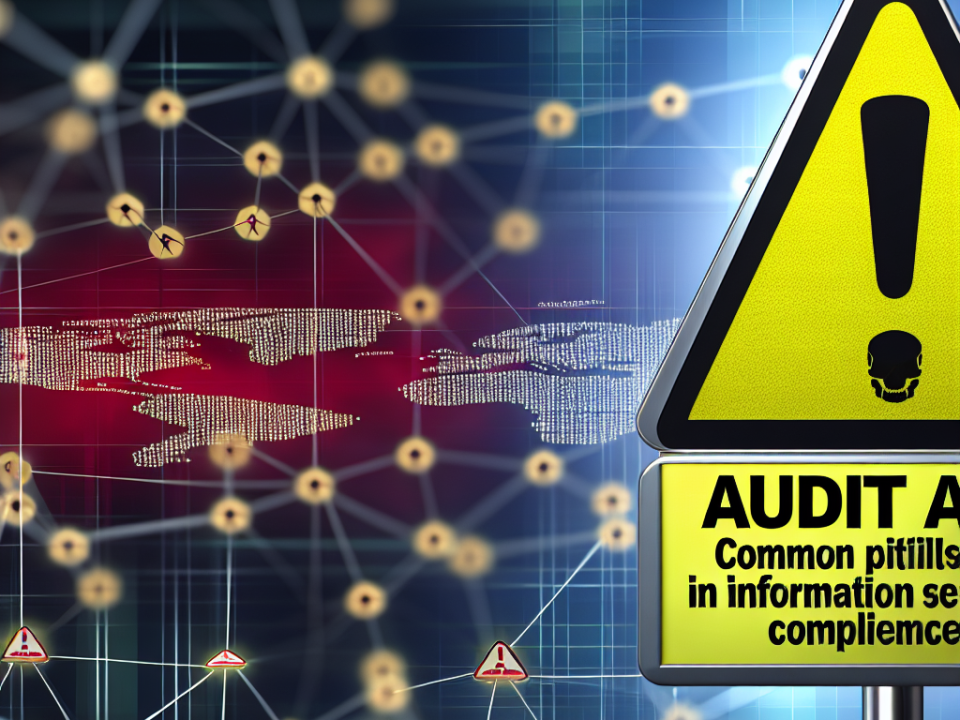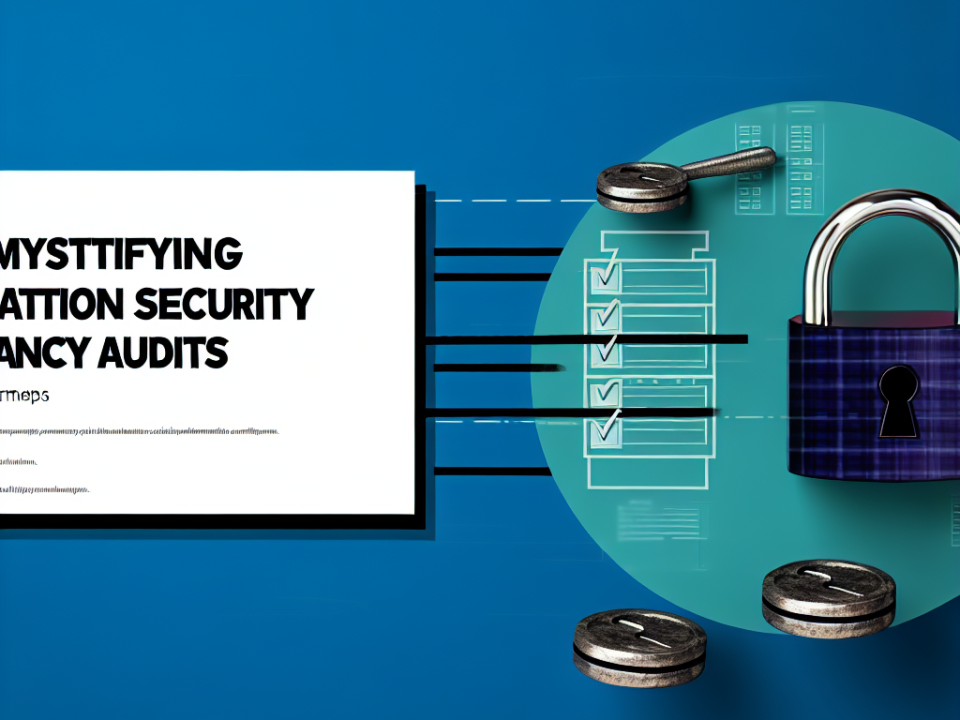
Don’t Get Hacked: Top Missteps in Cloud Security and How to Avoid Them
July 4, 2025
The Future is Secure: Innovations in Cloud Infrastructure Protection
July 5, 2025
In today’s digital world, the landscape of threats to businesses and organizations is ever-evolving. Cyberattacks, data breaches, and regulatory fines are becoming more common, necessitating a robust approach to security compliance. Ensuring adherence to industry standards and regulations isn’t merely a checkbox; it’s a critical business imperative. This article explores why security compliance is non-negotiable and details some of its key requirements.
The Importance of Security Compliance
-
Protecting Sensitive Data: Organizations handle vast amounts of sensitive information—ranging from personal identifiable information (PII) to confidential business data. Security compliance frameworks, such as GDPR and HIPAA, mandate measures to safeguard this data, thereby minimizing the risk of breaches that could lead to significant reputational damage and financial loss.
-
Regulatory Requirements: Governments and regulatory bodies have established various compliance regulations aimed at protecting consumer interests and ensuring that organizations maintain transparency and accountability. Non-compliance can result in hefty fines and legal repercussions, making adherence not just an ethical obligation, but a financial necessity.
-
Building Trust with Stakeholders: Customers and partners increasingly expect organizations to take security seriously. Compliance with recognized standards fosters trust and confidence among consumers, which can be a crucial competitive advantage. A company that demonstrates its commitment to protecting sensitive information is more likely to earn loyal customers and retain valuable partnerships.
-
Preventive Measures Against Cyber Threats: Compliance frameworks often require organizations to adopt specific security practices and tools designed to protect against cyber threats. These measures not only help in mitigating risks but also in the early identification of potential vulnerabilities before they can be exploited.
- Enhanced Operational Efficiency: Compliance can drive organizations to adopt standardized processes and best practices. This not only helps in creating a secure environment but also enhances operational efficiency by encouraging better resource management and streamlined workflows.
Key Requirements of Security Compliance
1. Risk Assessment
Conducting regular risk assessments is a foundational requirement that allows organizations to identify and evaluate potential vulnerabilities within their systems. Risk assessments help prioritize security efforts based on organizational risk tolerance and the criticality of the data being protected.
2. Data Encryption
Encryption is essential for protecting data at rest and in transit. Compliance frameworks often mandate the use of encryption technologies to ensure that sensitive data remains unreadable to unauthorized users, thereby bolstering data integrity and confidentiality.
3. Employee Training and Awareness
Human error is one of the leading causes of data breaches. Regular training and awareness programs are essential to ensure that all employees understand their role in maintaining security compliance. Programs should cover safe practices, phishing awareness, and incident response protocols.
4. Incident Response Planning
A robust incident response plan is crucial to minimize damage in the event of a security breach. Compliance standards often require organizations to have a well-defined process in place for identifying, responding to, and recovering from security incidents.
5. Continuous Monitoring and Auditing
Ongoing monitoring of systems and networks helps in the early detection of unusual activities. Regular audits against compliance frameworks ensure that organizations remain aligned with evolving security requirements and standards while identifying areas for improvement.
6. Access Control Management
Enforcing strict access controls is vital in protecting sensitive information. Compliance often necessitates the implementation of role-based access controls, ensuring that employees have access only to the data necessary for their job functions.
7. Regular Updates and Patch Management
Keeping software and systems up to date is essential for mitigating vulnerabilities. Compliance frameworks typically require organizations to implement a consistent patch management process to ensure that known security gaps are addressed in a timely manner.
Conclusion
In a world where data breaches and cyberattacks are rampant, security compliance is non-negotiable. It serves as both a protective measure and a strategic advantage that can significantly impact an organization’s reputation and bottom line. By adhering to key compliance requirements such as risk assessments, encryption, employee training, incident response planning, continuous monitoring, access control management, and patch management, organizations can create a robust security framework that not only meets regulatory expectations but also fortifies their defenses against evolving threats.
Ultimately, investing in security compliance is investing in the future of the organization. The potential costs of non-compliance—damaged reputation, financial loss, and legal penalties—far outweigh the costs associated with implementing a comprehensive security compliance strategy. For businesses operating in a digital landscape, it’s time to recognize that security compliance is not just advisable; it is mandatory.







